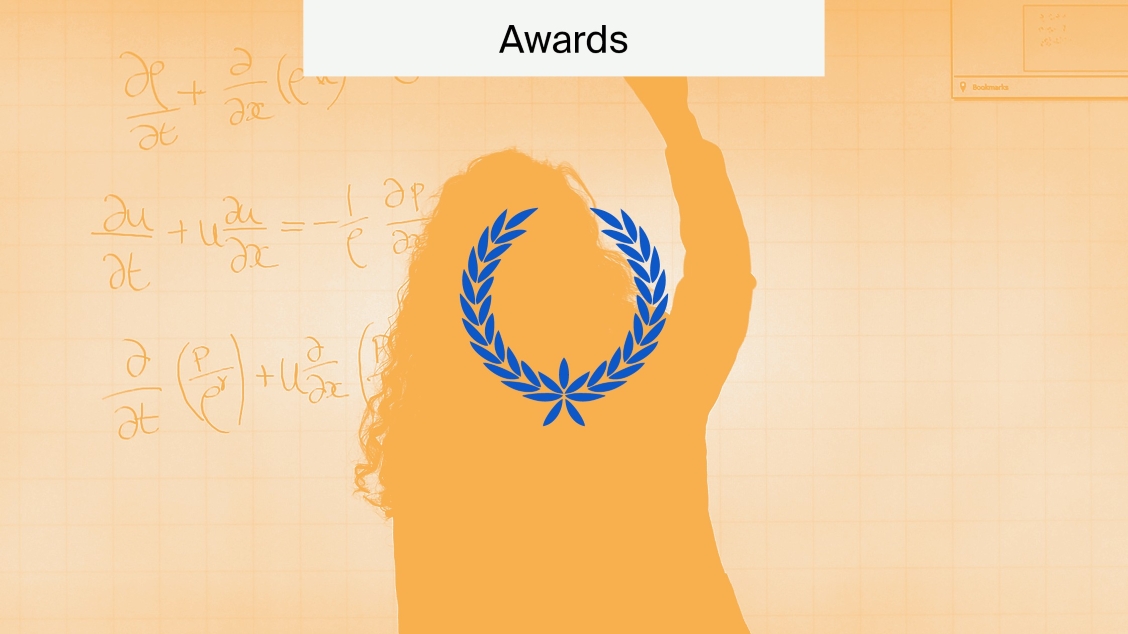
Open Access in Brazil
Presently, Brazil has many public education and research institutions with initiatives supporting Open Access across Latin America, despite having no formal open science policy. Here, we’ll cover the history of Open Access in Brazil, the unique challenges its research community are facing, and what the future could look like.
Open Access is the new paradigm
Open Access (OA) is a publishing model for scholarly research that makes information immediately available to readers at no cost. The research is often free to reuse for scholarly purposes.
The benefits of publishing Open Access include a higher citation rate and greater impact, reaching a wider audience, advancing scientific innovation, retaining copyrights, and increasing the potential for collaboration and recognition. Open Access can also help institutions like universities and research agencies in low- and middle-income countries by removing any price barriers to accessing academic research.
History of Open Access in Brazil
There have been a range of initiatives and institutions that have worked to promote Open Access. Here is a brief history of Open Access in Brazil:
- 1998: The Scientific Electronic Library Online (SciELO) was launched to support Open Access research communication. SciELO is a decentralised network of OA journals across 16 countries, developed based upon Brazil’s collection of journals.
- 2002: Supported by the Autonomous University of Mexico State and other institutions, Redalyc, a bibliographic database and digital library of OA journals across Latin America, was introduced.
- 2005: At the International Seminar on Open Access held in Salvador, Brazil, the first major statement on OA specific to the developing world was created: the Salvador Declaration. This urged governments to promote integrating developing countries’ scientific knowledge into the worldwide body of knowledge.
- 2007: The House of Representatives Bill n. 1120/2007 proposes that public universities make their research output Open Access.
- 2014: One of the world’s main public health institutions that is based in Brazil, Fiocruz, adopted an Open Access policy. This aimed at collectively constructing institutional policies and meeting public health demands globally.
- 2019: The São Paulo Research Foundation (FAPESP), a taxpayer-funded grant and fund provider, mandated that all FAPESP-funded research must be made publicly available via institutional repositories.
Brazil lacks a formal open science policy
As mentioned, there is a no formal open science policy or long-term strategy in Brazil. This is unlike the USA or China, which have shown long-standing governmental engagement with their own Open Access policy. However, Brazil has many initiatives led by public research and education institutions promoting Open Access.
These initiatives gained momentum in the 1990s, as the development of IT enabled the creation of digital libraries, databases, and repositories in Brazil and across Latin America. This meant there was already a strong infrastructure for the production of OA journals, and by 2008, Brazil had a relatively high number of them. But this was arguably due to the lack of presence of large commercial publishers and because of SciELO.
SciELO was created using FAPESP funding. It is a digital collection of OA journals, edited by national scientific societies, professional associations, universities, and research institutions. It contains over 1200 OA journals, which collectively publish an average of 50,000 papers each year. In Brazil alone, SciELO contains nearly 300 journals that publish around 21,000 articles per year.
Brazil differs from many other countries, in that it lacks a national open science policy. Although, its combination of funding, international collaboration through initiatives, and use of largescale decentralised repositories does resemble the EU’s Open Access program, which you can read about here.
Statistics for Open Access in Brazil
Brazil experienced a decline in its output of subscription-only articles through the 2010s. Then, it experienced a slight increase in 2021. Meanwhile, its Open Access article output has generally increased. Here are some statistics from Scopus:
- 2011: 55% of articles were subscription-only, 6% were green Open Access, and 26% were gold Open Access.
- 2016: 46% of articles were subscription-only, 8% were green Open Access, and 35% were gold Open Access.
- 2021: 47% of articles were subscription-only, 6% were green Open Access, and 41% were gold Open Access.
Interestingly, 2013 marked a decline in subscription-only articles and a sharp rise in gold Open Access. However, around 2015, this shift slowed drastically. Gold Open Access does seem to be on the rise again. Green Open Access has remained relatively consistent throughout the decade. Despite these fluctuations, Brazil is the 10th biggest producer of research publications.
Present challenges
Brazil’s scientific community has faced a lot of challenges in the last decade. Federal budgets for science and education have fallen from around 17% in 2013 to 8% in 2020. This has impacted graduate students and early career researchers the most. Also, it has led to low salaries and poor working conditions for many researchers.
Alongside this, because Brazil is classed an upper-middle-income economy, it is not eligible for waivers or discounts from programs such as Plan S or Research4Like, as these focus on supporting low-income and lower-to-middle-income economies.
Future trends
Thankfully, the future looks more promising for Brazilian researchers. The current government has begun refocusing on science and education, introducing policies and planning to restructure the Ministry of Science, Technology, and Innovation.
The main challenges the government faces are improving working conditions, particularly for younger researchers, and demonstrating the worth of science to the population.
We can also expect continuing work by initiatives like SciELO that aim to aggregate and unify research across Latin America, potentially pointing towards further international collaboration.
Value of Open Access
All articles published by MDPI are made immediately available worldwide under an Open Access license. This means:
- Everyone has free and unlimited access to the full text of all articles published in MDPI journals;
- Everyone is free to re-use the published material if proper accreditation/citation of the original publication is given;
- Open Access publication is supported by the authors’ institutes or research funding agencies by payment of a comparatively low Article Processing Charge (APC) for accepted articles.
Publishing your work in an MDPI journal would pre-empt any legislation requiring you publish work Open Access and ensure researchers facing budget constraints can access your work.
Alternatively, if you want to publish an early version of your article, try Preprints, our service for publishing early versions of research that are not peer-reviewed and report on either ongoing or complete research.
Open Access in Brazil
Open Access makes vital information accessible to all readers and researchers and brings together scholars from across the world. Thus, it is ideal for tackling global challenges such as climate change and cancer research that require urgent and coordinated attention.
Brazil’s research community has faced a lot of challenges in recent years. But things are beginning to look better. Open Access remains strong in Brazil thanks to its range of initiatives and the drive of scholars across Latin America. Click here if you want to learn more about Open Access around the world.










